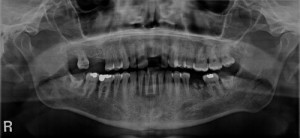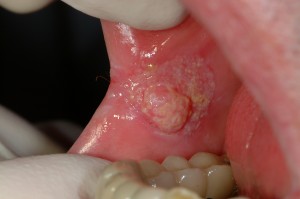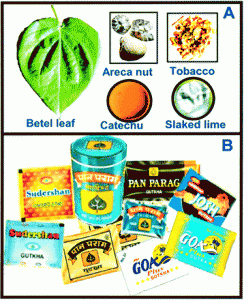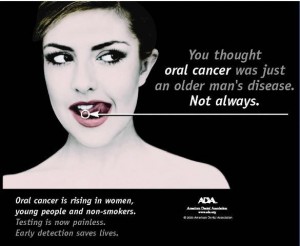Competence
In order both to understand the information provided, and to give the necessary authority for consent, a patient must be competent. “Competence†in this context means the patient’s ability to understand the explanations given, about:
- The nature and purpose of a particular procedure;
- Its likely effects and risks; and
- Any alternative treatment and how these alternatives might compare. Continue reading




